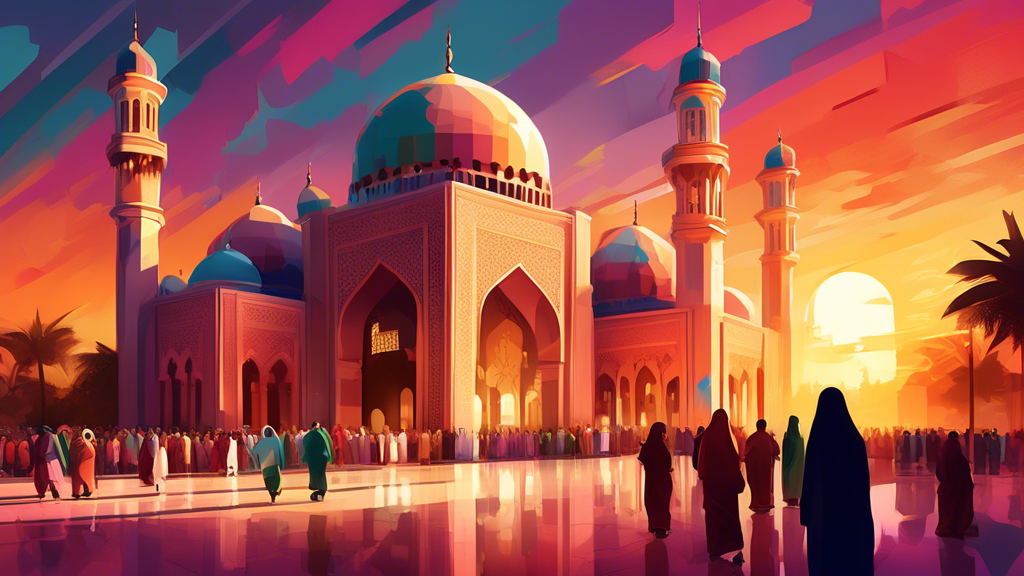The masjid, more widely known as a mosque, is not only a place of worship but a fulcrum of social, educational, and spiritual life within the Islamic faith. Rooted deeply in Islamic history and tradition, the masjid serves numerous roles that facilitate the practice of Islam, providing a multifaceted platform for believers to deepen their faith, engage with the community, and foster spiritual development.
Historical Significance and Origins
The concept and the very first implementation of a masjid began with the Prophet Muhammad in the 7th century. When he migrated from Mecca to Medina, one of his first actions was to establish a masjid known as Quba Mosque. This was not merely a place for prayer; it was also a community center, a place for learning, and even a command center for managing social justice and conflict resolution. The Prophet’s mosque in Medina, Masjid an-Nabawi, served multiple functions including as a place of worship, a community center, a school, and a home to many who had nowhere else to go. This multifunctionality set the precedent for the role of masjids in Muslim communities throughout history.
Spiritual Importance
At its core, the masjid is the house of worship in Islam, serving as the spiritual hub for Muslim communities. Prayer is one of the five pillars of Islam, and performing the five daily prayers in congregation is highly emphasized. The masjid facilitates these congregations, instilling a sense of community and brotherhood among its attendees. Fridays are particularly significant because the Jumu’ah prayer—a congregational prayer held every Friday—is a critical aspect of Muslim worship and can only be performed within a community, underlining the masjid’s role in fostering communal worship.
Educational Role
Beyond the spiritual, masjids have traditionally functioned as centers for learning. Historically, the masjid was the heartbeat of Muslim intellectual life, where scholars taught subjects ranging from theology and philosophy to science and mathematics. Many of the world’s oldest universities, such as Al-Qarawiyyin in Morocco and Al-Azhar in Egypt, began as masjids. This tradition continues today, with masjids frequently offering classes on the Quran and Hadith, the sayings and practices of the Prophet Muhammad, as well as Arabic language classes and lectures on Islamic history and law.
Social and Community Services
Aside from its religious and educational functions, the masjid plays a pivotal role in social welfare. Many masjids provide food and shelter to the needy, as well as financial assistance through zakat (alms-giving), one of the pillars of Islam. They often serve as venues for resolving disputes and counseling, reflecting the masjid’s role in community cohesion. Additionally, masjids frequently host social events and celebrations, especially during Islamic holidays such as Eid, fostering a strong sense of community and belonging.
Cultural Significance
Masjids also bear profound cultural significance. Architecturally, many masjids are works of art, representing Islamic cultural values and aesthetic sensibilities throughout history and across different cultures. From the ornate mosaics of the Alhambra in Spain to the modern marvels of the Sheikh Zayed Grand Mosque in Abu Dhabi, masjids not only provide a space for worship and community but also act as cultural icons that convey the artistic and spiritual aspirations of the Muslim world.
Conclusion
Thus, the masjid remains one of the central pillars of the Islamic faith in all its dimensions. Far more than just a place of prayer, the masjid is fundamentally intertwined with the threads of Muslim social, educational, cultural, and spiritual life. It continues to serve as a place where members of the Muslim community gather to deepen their faith, learn together, support one another, and celebrate significant milestones. As such, the masjid is not just a physical space but a vibrant and dynamic community hub, integral to Islamic life and identity.
